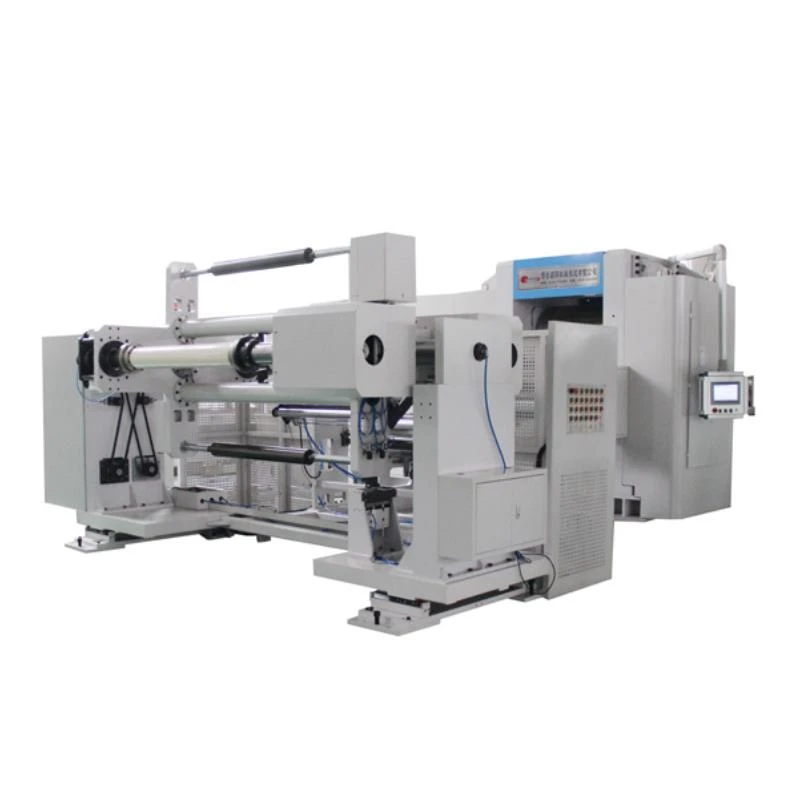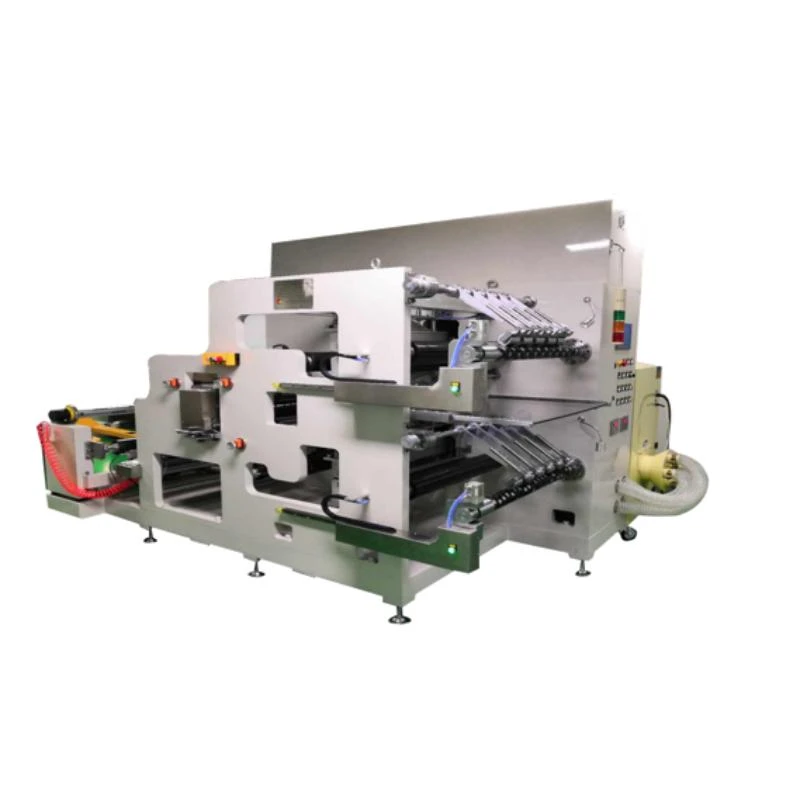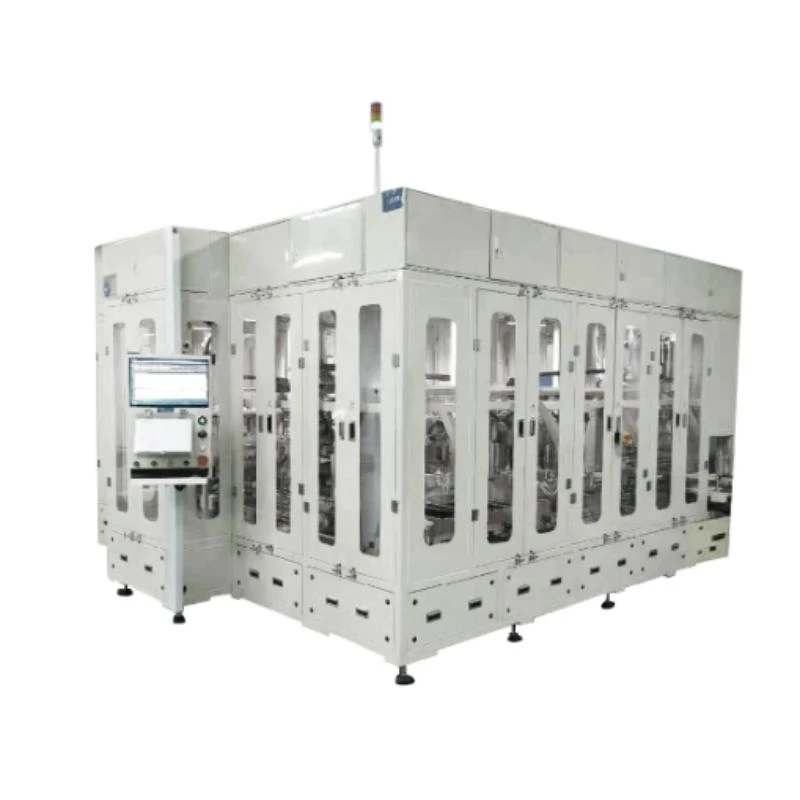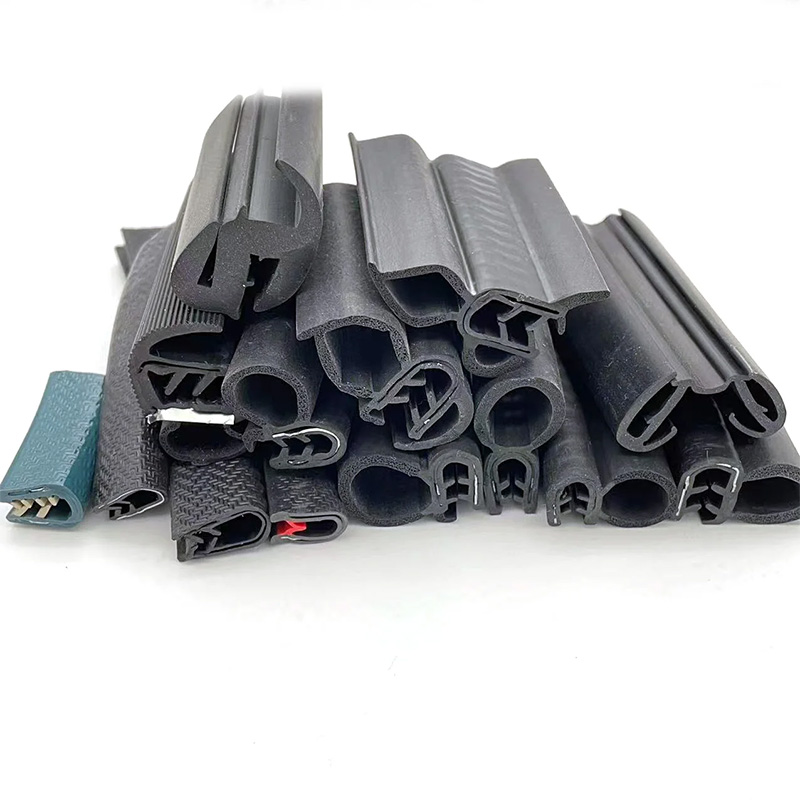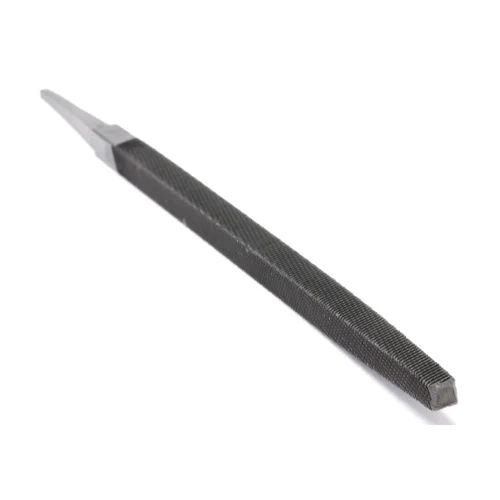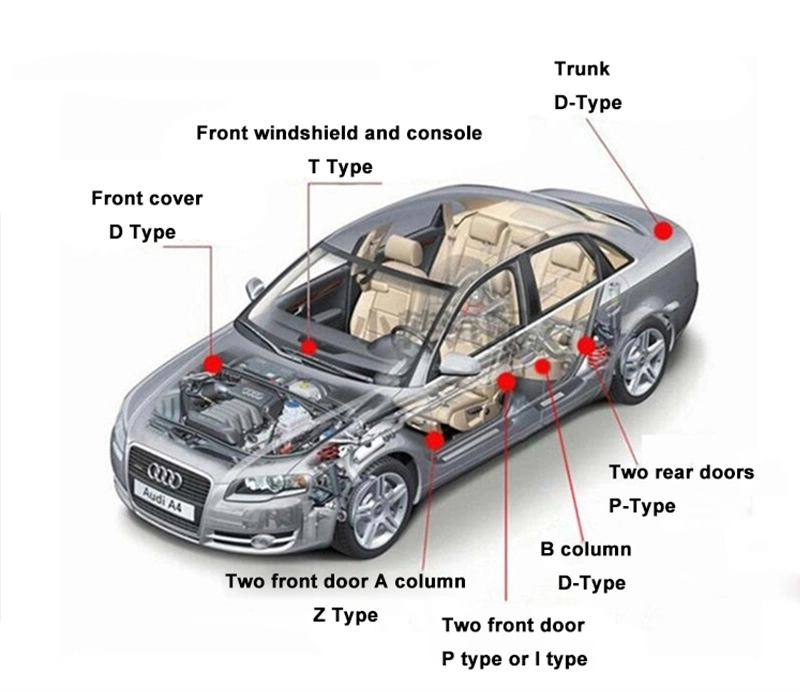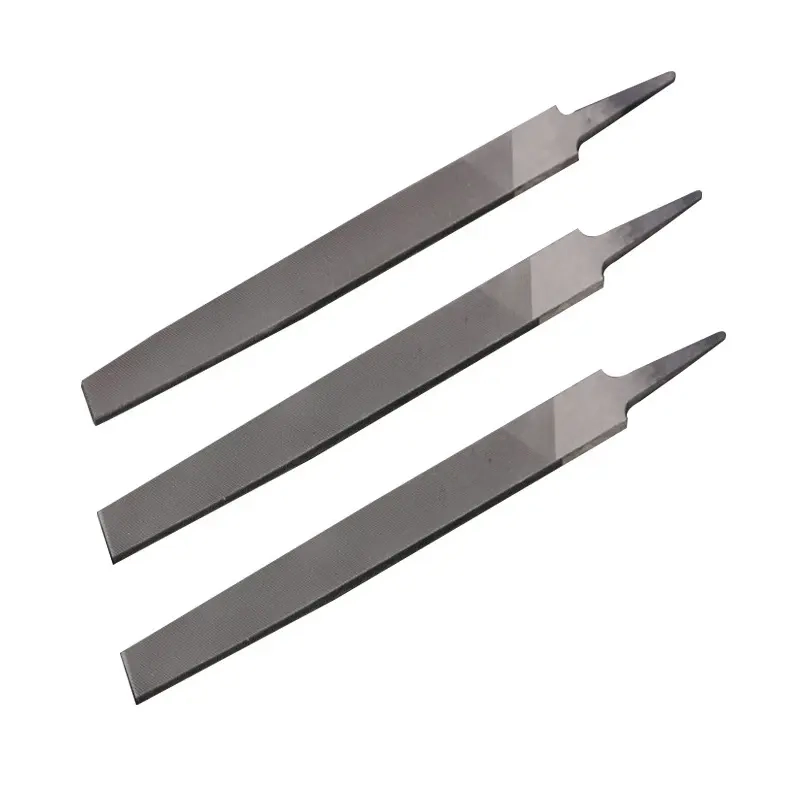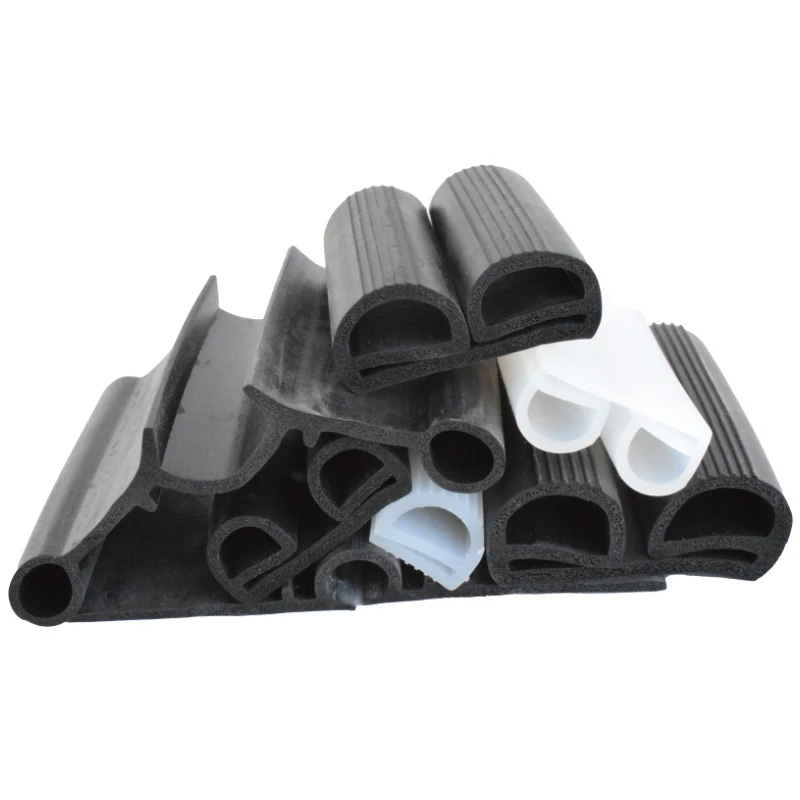High-Quality Furniture Rubber Sealing Strip Trusted Manufacturer & Supplier
- Introduction to furniture rubber sealing strip
s and their vital role - Technical strengths and innovative characteristics
- Comparative analysis of furniture rubber sealing strip factories, suppliers, and manufacturers
- Selecting the most suitable custom sealing solution
- Real-world application cases and effectiveness assessment
- Key factors driving buying decisions in the global market
- Conclusion: Harnessing furniture rubber sealing strips for long-lasting quality

(furniture rubber sealing strip)
Unlocking the Potential of Furniture Rubber Sealing Strip
The furniture industry faces persistent challenges related to durability, comfort, and protection against intrusions of moisture, dust, and noise. One solution that is increasingly essential yet often underappreciated is the furniture rubber sealing strip. These strips, deployed extensively on the edges, doors, and drawers of wardrobes, cabinets, and other units, create a tight seal that enhances structural integrity and extends service life. The global market underscores this demand—industry data shows annual growth of sealing component consumption at 6.5% CAGR in the last five years, with the Asia-Pacific region dominating over 42% of global volume, as recently reported by MarketsandMarkets.
What drives this surge? Rising expectations for silent closures, energy efficiency (minimizing air leaks), and premium finishes have elevated the importance of correct sealing. The right furniture rubber sealing strip not only mitigates wear and tear but also substantially reduces noise levels, reportedly by up to 18 decibels in laboratory cabinet tests. Their role, thus, is not just supplementary; it is foundational to next-generation furniture quality.
Technical Differentiators and Material Innovations
Advances in elastomeric material technology are shaping the latest generation of furniture rubber sealing strips. Most commonly made from thermoplastic elastomers (TPE), EPDM rubber, or silicone, each material offers distinct advantages:
- EPDM: Renowned for weather and ozone resistance, ideal for furniture near moisture or direct sunlight.
- TPE: Flexible, recyclable and customizable in density, color, and shape, making it the preferred choice for bespoke applications.
- Silicone: Exceptional resilience at high and low temperatures; commonly used in high-end or specialty furniture.
The extrusion process plays a crucial role. Advanced machinery today achieves micron-level tolerances. According to a 2023 report by Global Elastomerics, top-tier manufacturers can produce sealing strips as thin as 0.85 mm with dimensional accuracy of ±0.05 mm. Automated mixing and quality control stages deploy vision systems and digital calipers, ensuring percent defect rates as low as 0.7%. Surface treatments—ranging from flocking to anti-friction coatings—further refine user experience, offering silent and smooth operation.
As a result, suppliers differentiate via their raw material sourcing, process automation, and ability to deliver enhanced lifespan (often exceeding 100,000 open/close cycles) and broad temperature performance (-40°C to 120°C).
Comparative Table: Furniture Rubber Sealing Strip Factories, Suppliers, and Manufacturers
Choosing the right partner is a significant decision that influences design, lead times, and long-term satisfaction. Below is a data-driven comparison among three representative options in the market. Data sourced from industry trade shows and supplier audits (2022-2023).
| Criteria | Factory A (Factory) |
Supplier B (Supplier) |
Manufacturer C (Manufacturer) |
|---|---|---|---|
| Annual Production (meters) | 2.2 Million | 1.5 Million | 3.1 Million |
| Material Options | EPDM, TPE | TPE, PVC | EPDM, Silicone, Special Blends |
| Lead Time (Custom Orders) | 21 Days | 28 Days | 15 Days |
| Defect Rate (%) | 0.9 | 1.2 | 0.7 |
| Cycle Life Guarantee | 80,000 | 70,000 | 100,000 |
| Customization Capacity | High (CAD/CAM Integration) | Medium | Very High (R&D Collaboration) |
| Compliance Certifications | ISO 9001, REACH | ISO 9001 | ISO 9001, REACH, RoHS |
| Main Markets | Europe, Asia | North America | Global |
Review of the table demonstrates significant differences—especially concerning lead times, defect rates, customization, and breadth of materials. The choice between a furniture rubber sealing strip factory, supplier, or manufacturer hinges on strategic priorities: rapid delivery, advanced R&D capabilities, or volume efficiency.
Selecting the Best-Customized Sealing Solution
No one sealing strip is universally optimal. Furniture design, operational environment, and installation method all influence the specification process. Leading manufacturers now provide comprehensive consultation and prototyping services:
- Custom Extrusion Profiles: Tailored for unique shapes, grooves, or hardware integration. 3D printing of prototypes speeds up evaluation and validation phases, routinely reducing development cycles by 33%.
- Color & Finish Matching: Modern color-matching technology achieves Delta E color difference values below 1.0, ensuring visual harmony with signature furniture pieces.
- Integrated Adhesives & Magnetics: Pre-applied tapes or embedded magnetic components facilitate rapid installation and stronger retention, which slashes onsite fitting time by up to 40% in modular furniture projects.
- Environmental Compliance: Demands for low-VOC materials are met via eco-certified compounds, increasing acceptance in health-sensitive environments.
These competitive features are backed up by vertically integrated production, where R&D teams collaborate directly with client design specialists. This high-touch approach ensures fit-for-purpose solutions, balancing costs with advanced performance guarantees.
In-Depth Application Case Studies
Successful implementation of rubber sealing strips dramatically enhances both performance and perceived value. Highlighted below are several case studies sourced from global projects:
- Premium Acoustic Cabinetry (Europe): An office furniture brand integrated EPDM rubber sealing strips along all internal doors and partitions. Laboratory sound attenuation tests revealed a noise reduction of 15-18 decibels, while overall customer satisfaction surveys improved by 23% after deployment.
- Kitchenware Brand (USA): Through customized TPE profiles with pre-coated adhesive, installation speed improved by 38%, minimizing downtime for large-scale kitchen assembly projects. Post-sale maintenance calls related to dust and moisture intrusion decreased by 27% annually.
- Luxury Wardrobe Production (APAC): Use of silicone-based sealing strips enabled seamless performance at temperature variances from -35°C to 95°C, crucial for multinational shipment and display. Over 50,000 wardrobe units showed zero edge warping or swelling claims in a 12-month trial.
The above successes are not isolated; they reflect a broader adoption trend across sectors demanding reliability, rapid installation, and verified environmental compliance.
Global Demand Drivers and Purchasing Criteria
The uptrend in global furniture production—valued at USD 575 billion in 2023 with projected 4.1% annual growth—fuels parallel demand for high-quality sealing solutions. Critical purchase factors shaping buyer decisions include:
- Material Reliability: Longevity and resistance to environmental strain define total cost of ownership.
- Regulatory Adherence: Especially in Europe and North America, manufacturers must prove compliance with REACH, RoHS, and other health/environmental standards.
- Customization and Flexibility: Demand for personalized furniture propels OEMs to seek agile sealing suppliers.
- Sustainable Production: The growth of eco-friendly furniture emphasizes the necessity for recyclable and low-emission sealing solutions, a primary concern for over 36% of surveyed procurement managers in 2023.
- Supply Chain Stability: The COVID-19 era exposed vulnerabilities; proximity to furniture rubber sealing strip factory clusters correlates to reduced lead times and improved responsiveness.
A pivotal market development is the rise of digital sourcing platforms, enabling rapid quote comparisons and data-driven supplier vetting. Nonetheless, in-depth technical support and after-sales service remain strong differentiators for leaders in the field.
Your Strategic Advantage with Furniture Rubber Sealing Strip
Integrating the right furniture rubber sealing strip transforms the performance, longevity, and appeal of modern furniture. Innovations in material science, process automation, and custom engineering give discerning buyers access to a spectrum of solutions that are robust, compliant, and perfectly tailored to unique requirements. Comparative analyses of furniture rubber sealing strip factories, suppliers, and manufacturers reveal sharp contrasts in capabilities—making technical vetting and relationship-building indispensable.
As demand intensifies, aligning with reliable partners offering advanced customization, regulatory transparency, and proven case studies ensures competitive edge and end-user delight. Furniture makers who prioritize advanced sealing technologies position themselves at the vanguard of quality, sustainability, and end-consumer trust.
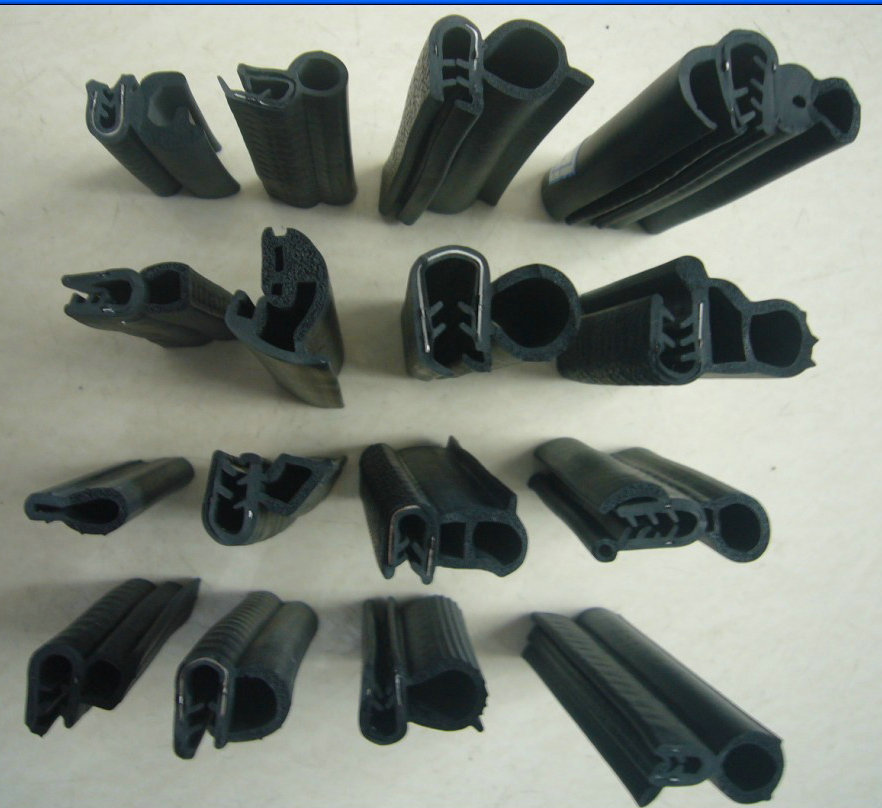
(furniture rubber sealing strip)
FAQS on furniture rubber sealing strip
Q: What is a furniture rubber sealing strip?
A: A furniture rubber sealing strip is a flexible rubber component used to seal gaps in furniture, providing dustproofing, soundproofing, and collision protection. It enhances durability and improves the finish of furniture joints. Various sizes and styles are available for different furniture types.Q: How do I find reliable furniture rubber sealing strip manufacturers?
A: You can find reputable manufacturers by searching online directories, attending trade shows, or getting industry recommendations. Look for a furniture rubber sealing strip manufacturer with quality certifications and positive client reviews. Request samples to verify material quality and fit.Q: Can furniture rubber sealing strip suppliers customize products for special applications?
A: Yes, many furniture rubber sealing strip suppliers offer customization in terms of size, shape, and material. Custom options ensure the products fit your specific furniture requirements. Contact the supplier with your needs for a tailored solution.Q: What benefits does sourcing directly from a furniture rubber sealing strip factory provide?
A: Sourcing from a factory allows for better pricing, quality control, and direct communication about product specifications. Factories may also accommodate bulk orders or custom requests. This approach suits businesses seeking long-term supply relationships.Q: How do I choose the best furniture rubber sealing strip for my project?
A: Consider the material, size, and intended application when selecting a furniture rubber sealing strip. Consult with trusted suppliers or manufacturers for expert recommendations. Choosing the right strip ensures effective sealing and long-lasting performance.Share
-
Lithium Battery Welding Machine | High-Precision, Fast, SafeNewsNov.17,2025
-
Aluminium Guide Roller | Anodized, Lightweight, Low-NoiseNewsNov.17,2025
-
Tofu Cat Litter Bulk – Eco, Low-Dust, Fast Clumping SupplyNewsNov.17,2025
-
Equipment for Lithium Cell Assembly | Automated & PreciseNewsNov.10,2025
-
Square File Tool – Precision Cut, Hardened Steel, VersatileNewsNov.10,2025
-
Lithium Ion Battery Assembly Machine | Automated, High-SpeedNewsNov.10,2025
